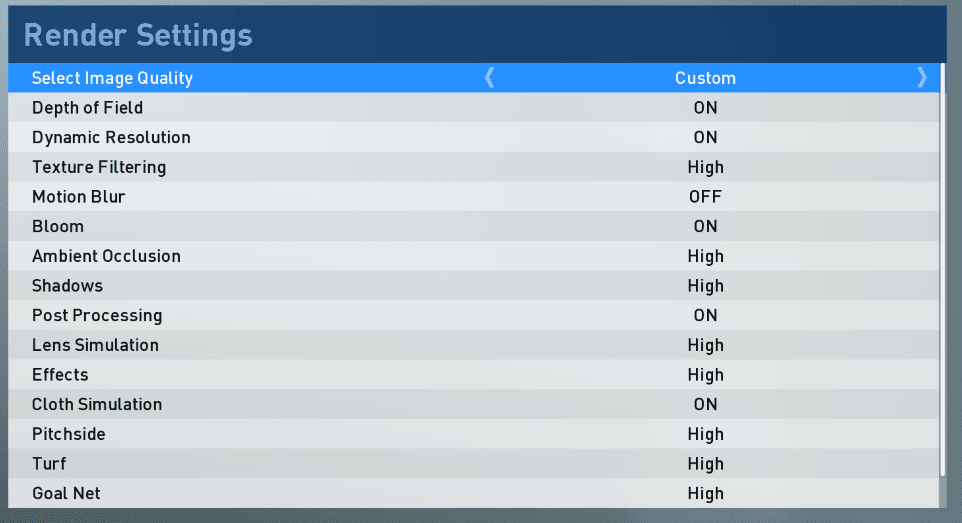

ISS Pro 98 was the first in the series to use misspelled versions of players' real names.

The game's main innovation was on the tactical side, as it let players choose between 13 player formations and 8 strategies. The next game in the series arrived a year and a half later, under the name Goal Storm '97 in North America, World Soccer: Winning Eleven '97 in Japan, and International Superstar Soccer Pro in the rest of the world. In 1996, these graphics were considered great. In a foreshadowing manner, those teams didn't use the real names of the players, unlike FIFA 96, which was the first game in that series to use real player names.

Goal Storm allowed players to play international matches between 36 national teams. In Japan, it used the name "World Soccer Winning Eleven."Ī key selling point over FIFA 96 were the polygon-based graphics, which looked better from more angles than its competitor's texture-based graphics. The forefather of the Pro Evolution series was called "Goal Storm" and released exclusively for Sony's PlayStation in late 1995 and early 1996 around the world. For about 20 years, association football fans who were also gamers would tell you the same thing: the FIFA series might be atmospheric and fun to play, but if you wanted a soccer game that actually played like soccer, with many players involved in every attacking move, Konami's series was your only choice.īefore becoming the worst-reviewed Steam game of all time under the name eFootball 2022, the Pro Evolution Soccer series was one half of the biggest rivalry in sports gaming history.Įven die-hard FIFA fans should be grateful for the existence of PES, as it pushed Electronic Arts to keep improving their franchise for the past two decades, rather than sell games that were little more than squad updates at full price.


 0 kommentar(er)
0 kommentar(er)
